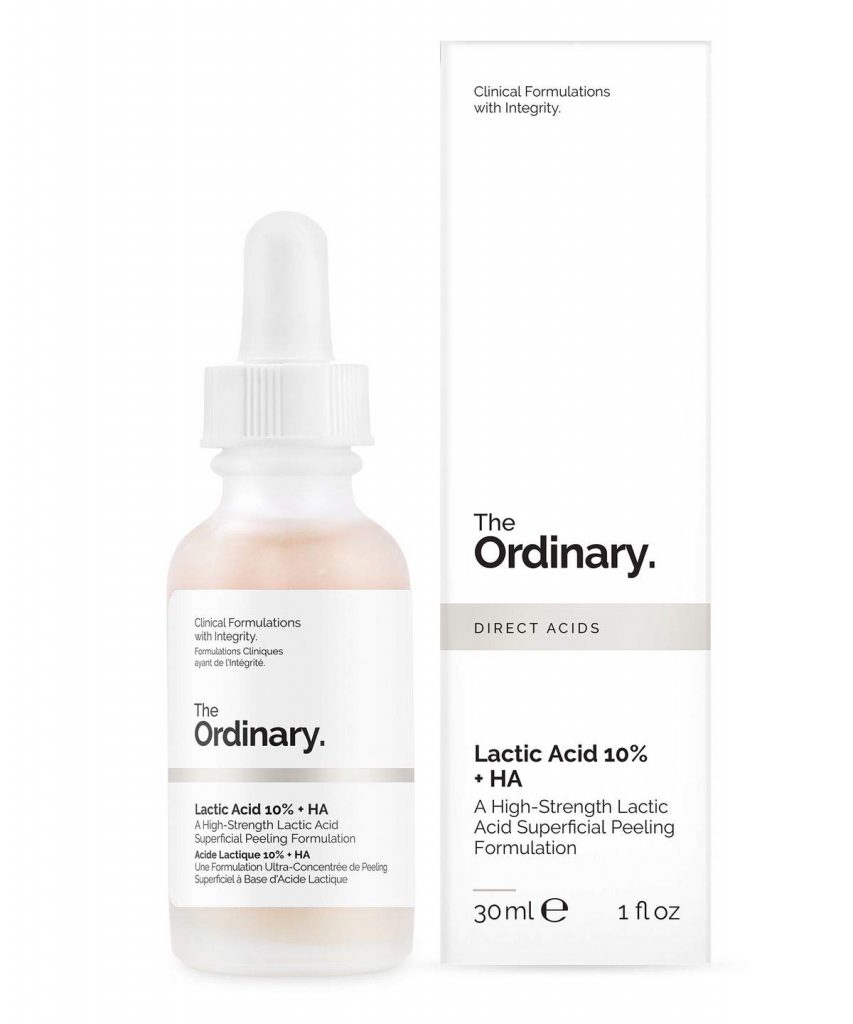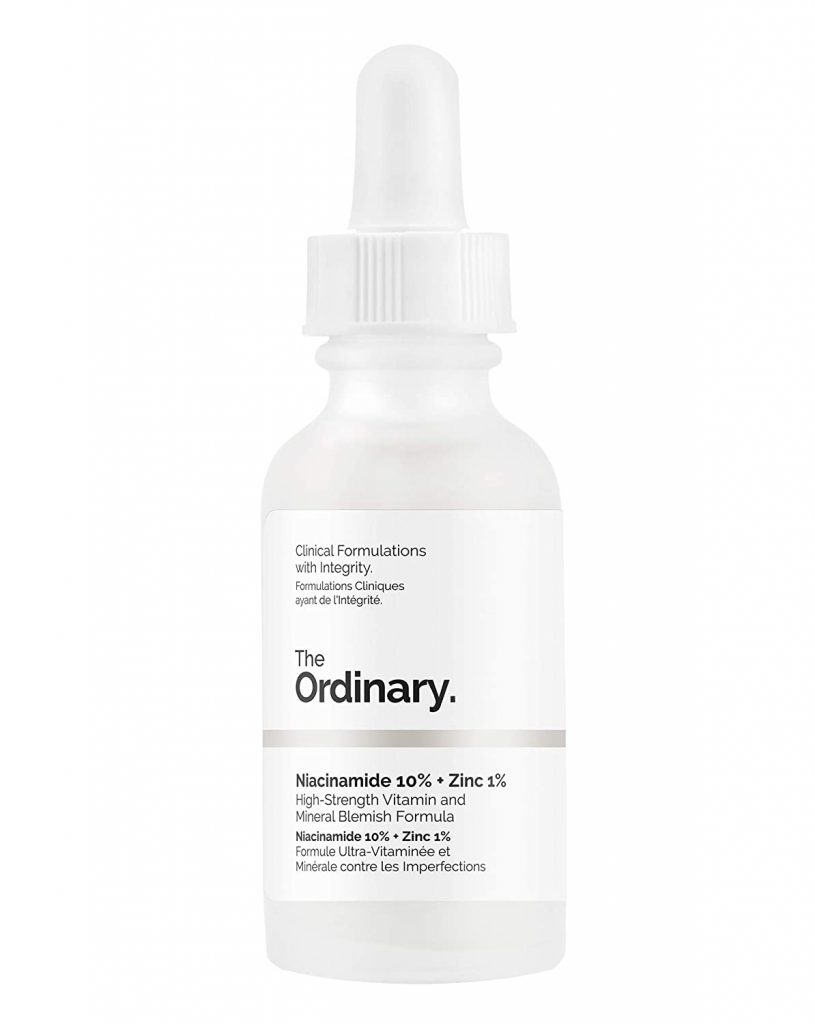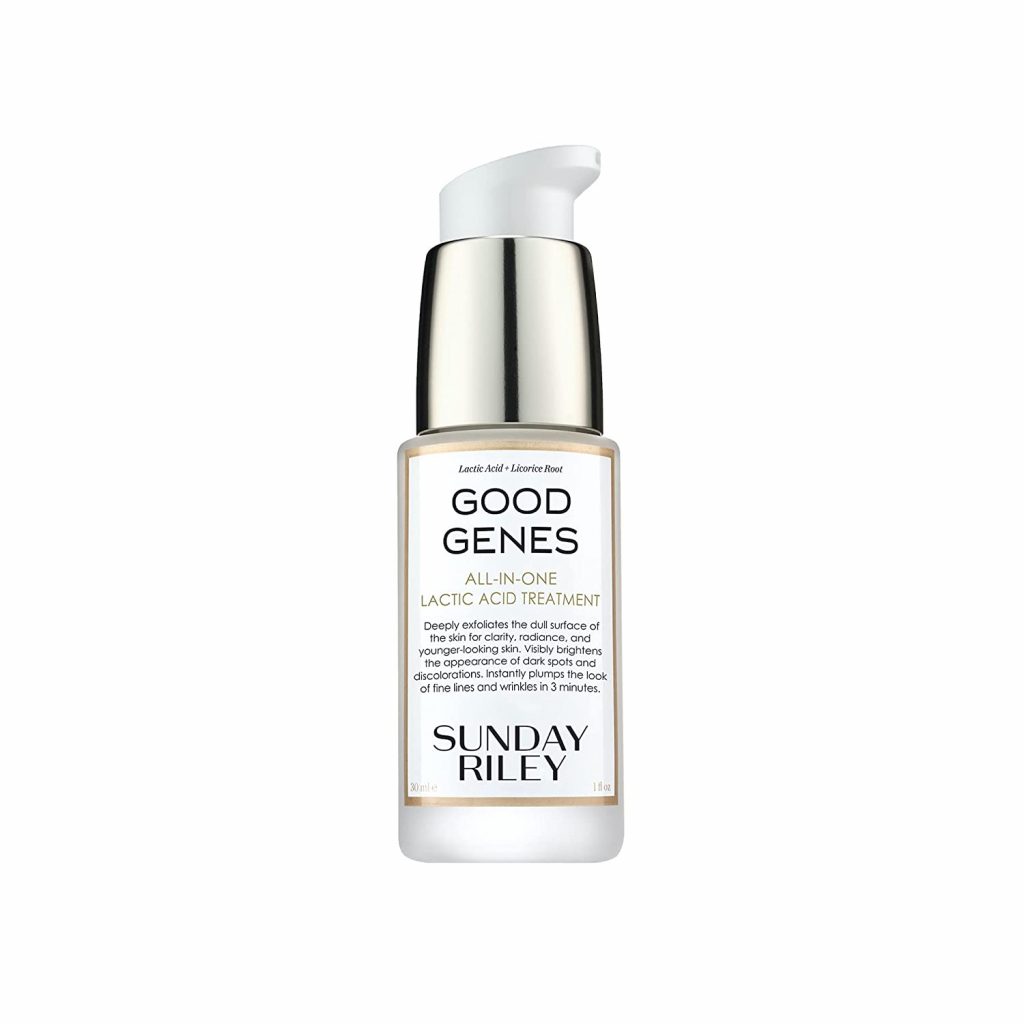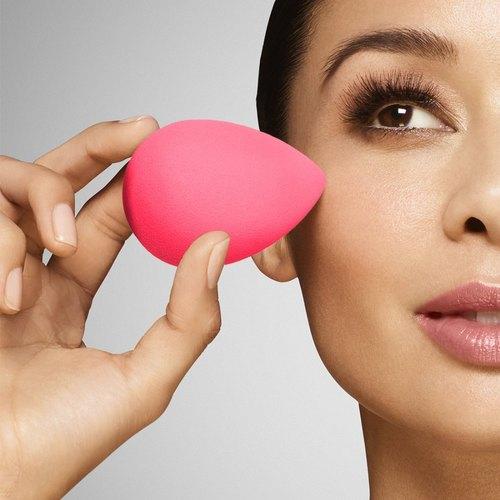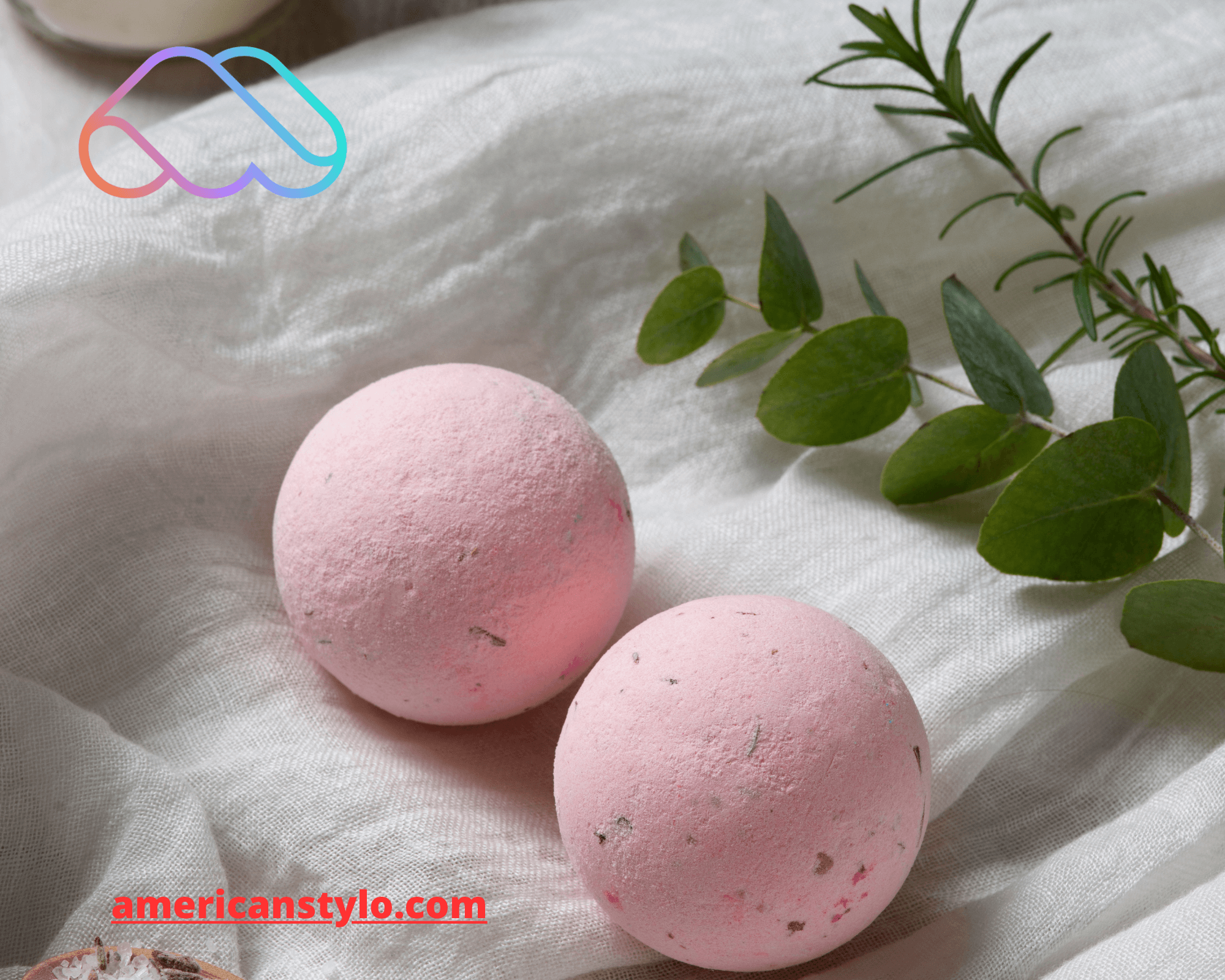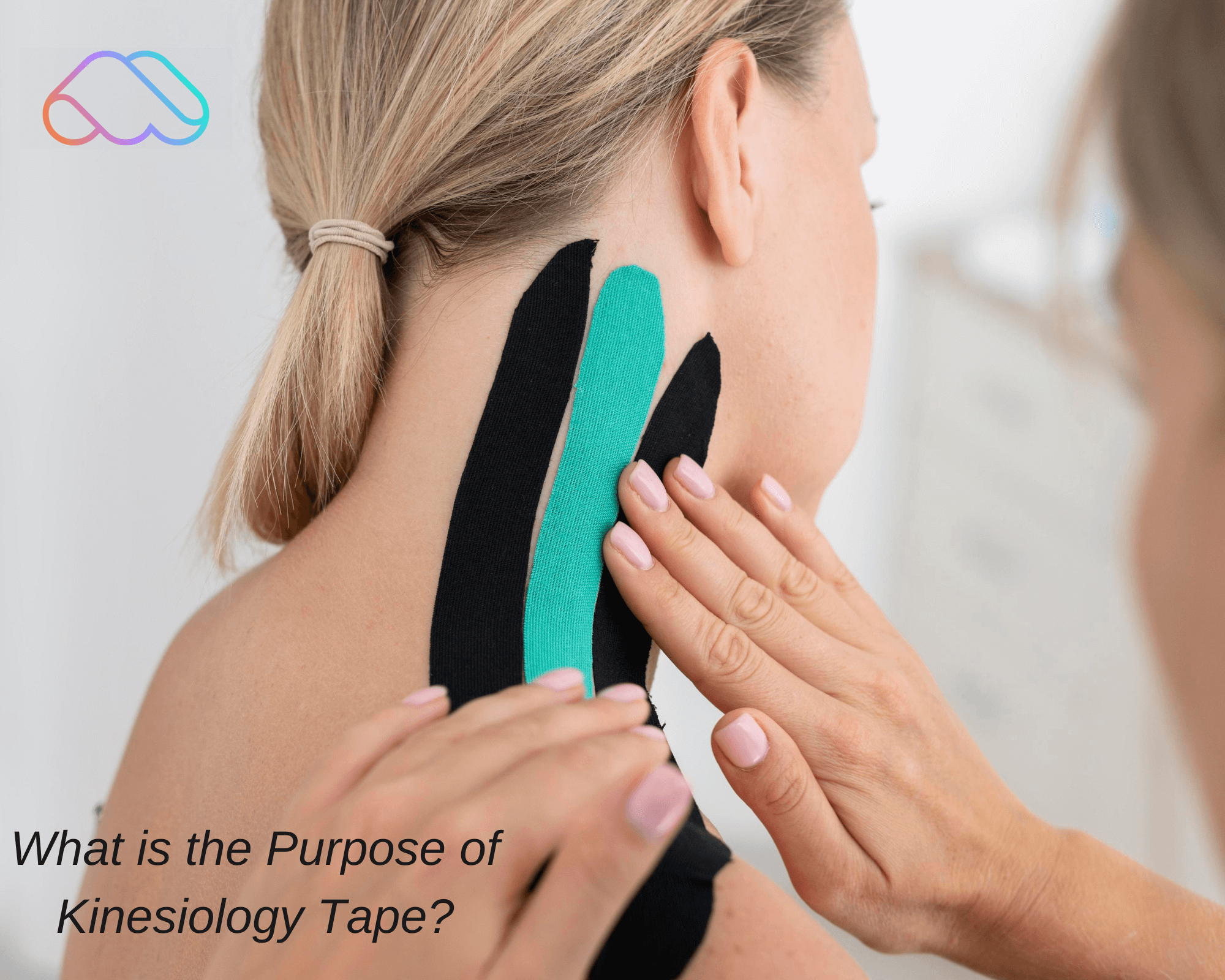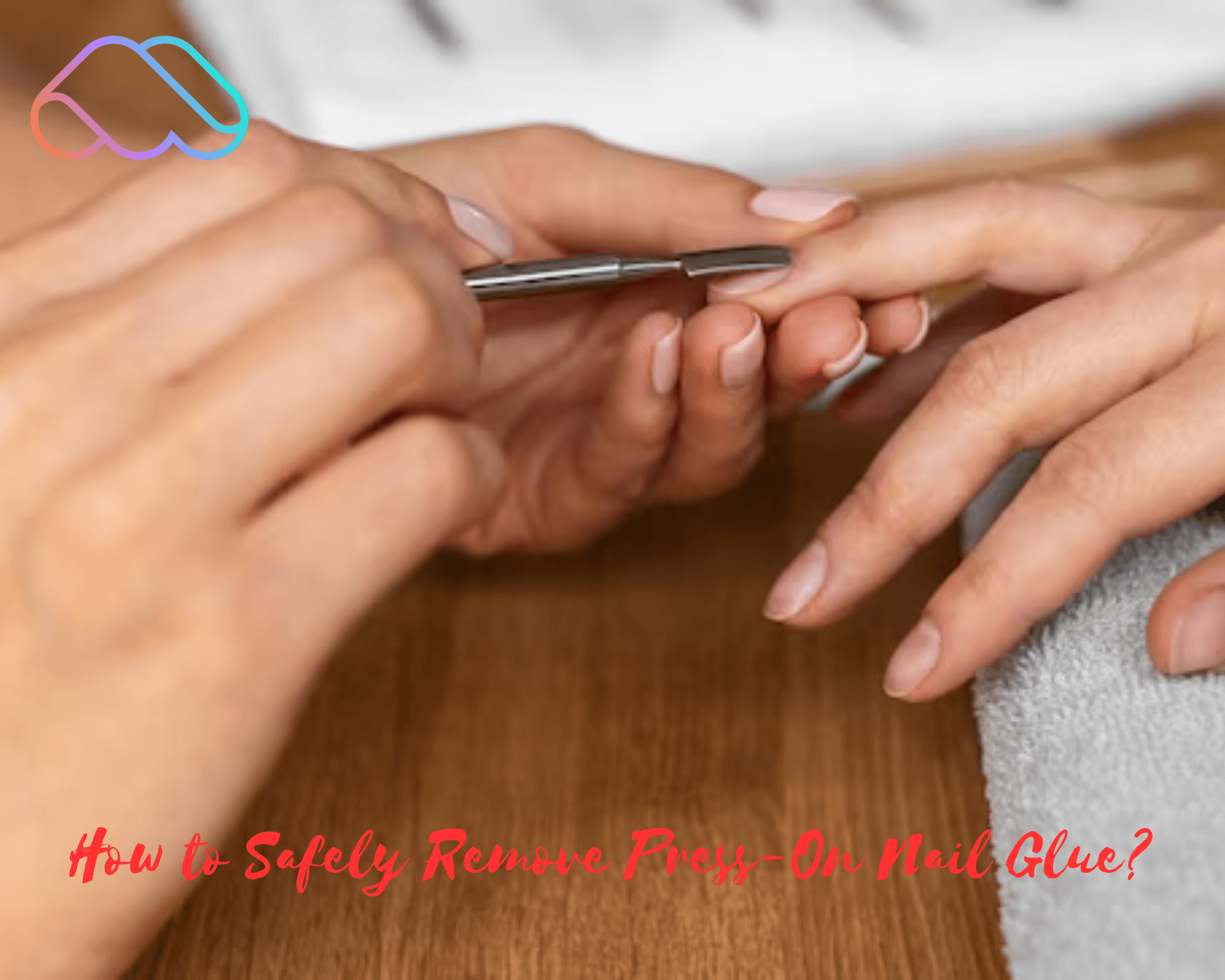
If you’re wanting to counteract fine lines, wrinkles, and a dull complexion, lactic acid and niacinamide are two of your best bets. Is it possible to combine them or does it necessitate a bit more thought? And how can I use niacinamide with lactic acid?
Keep an eye out for the conclusion of today’s blog post, and you won’t have to worry about anything.
Lactic acid: What is this?
Milk and fruit sugars are two of the most common sources of Lactic acid, one of the less well-known AHAs. Because it has a bigger molecular size, it is incapable of penetrating far enough into the skin to produce discomfort. It works on the skin’s outer layer, removing dead skin cells and other pollutants that might block pores and lead to oily or congested skin. In addition, it has special humectant properties that make it effective at increasing the skin’s natural moisture content. Environmental aggressors and racial harm, such as UV radiation, can be protected by the skin’s natural defence mechanisms.
What are Lactic Acid’s Skin-Benefiting Properties?
As an AHA, lactic acid can be found in dairy products as well as vegan options like sugarcane. Cell turnover is increased by gently exfoliating dead skin cells.
The following are some of the many advantages of lactic acid:
- Lactic acid exfoliates dead skin cells, reducing the appearance of hyperpigmentation, black spots, and other skin irregularities while also brightening the complexion.
- Lactic acid at a 12 percent concentration has been demonstrated to increase the firmness and thickness of the epidermis and dermis, helping to reduce the appearance of fine lines and wrinkles.
- Additionally, lactic acid helps the skin retain water on the surface, making it appear more hydrated.
- Since glycolic acid (another alpha hydroxy acid) has a smaller molecule size than lactic acid, the latter is less irritating and more suitable for people with sensitive skin.
- Because AHAs can make your skin more sensitive to the sun, it’s critical to use a broad-spectrum sunscreen with an SPF of 30 or higher when using lactic acid products or other AHAs.
Niacinamide: What is this?
While simultaneously reducing the appearance of pores and combating the look of discolouration and hyperpigmentation, this multi-tasking skin ingredient does it all. Your skin’s health will be preserved if you keep the lipid barrier well-hydrated. Niacinamide also has the added benefit of regulating skin sebum production, so it’s a win-win for people of all skin types who use it regularly.
What are Niacinamide’s Skin-Benefits?
Vitamin B3 in the form of niacinamide has numerous skin-friendly properties.
- To improve the appearance of skin firmness and elasticity, and to diminish the appearance of fine lines and wrinkles, niacinamide stimulates collagen synthesis and the production of proteins including keratin, involucrin, and filaggrin.
- There’s no better component for dealing with hyperpigmentation, blotchy complexions or dull skin than niacinamide, which can help minimise the appearance of melanin (pigment) development.
- Reduced transepidermal water loss and increased free fatty acids and cholesterol in the skin are two of how skin barrier function is improved by niacinamide. To keep moisture in and irritants out, it’s important to have a good skin barrier.
- Oily and acne-prone skin types will benefit from the anti-inflammatory properties of niacinamide, which helps regulate skin sebum/oil production and minimises the appearance of pores. One percent clindamycin gel was just as successful as treating acne in an 8-week study, according to research.
- Niacinamide’s antioxidant properties protect your skin from environmental stresses that lead to ageing over time.
- Since Niacinamide boosts cell turnover, it promotes clearer, more lustrous skin.
Is niacinamide first or second in line?
To know more about can I use niacinamide with lactic acid, Niacinamide should be applied after lactic acid has been applied. Niacinamide and lactic acid work together to keep the skin’s barrier hydrated while the acid exfoliates. It’s because each ingredient has its pH level. The lower the pH of niacinamide, the less it penetrates the epidermis and the more it acts on the epidermis surface. The lower pH level of lactic acid allows it to penetrate deeper, but it is much gentler than its more potent cousins, glycolic acid and malic acid.
Niacinamide can’t be mixed with what?
Niacinamide is often considered to be one of the most straightforward skincare components to incorporate. While it’s compatible with a few components, vitamin C should be avoided. If they’re put on top of one another, they compete for the skin’s benefit because they both contain antioxidants and perform similar functions. Despite this, it is still possible to reap the benefits of both components if you alternate the times of day you apply them.
What to Consider When Adding Lactic Acids to Niacinamide?
Before realising, can I use niacinamide with lactic acid, you must know the considerations.
When you combine the two, the niacinamide will elevate the acid’s pH, making it less absorbable by the skin and therefore less effective.
In addition to flushing and redness, mixing niacinamide and acid can cause these reactions. When you combine niacinamide with other acids, this idea is the same.
How can I use niacinamide with lactic acid?
Make use of them at various times of the day
In combination with other non-acidic serums and lotions, niacinamide does not require much waiting or absorption time. This water-based treatment should be used before oil-based serums in the morning when you have less time to wait.
In general, waiting 5-30 minutes before applying other serums and lotions is recommended when using lactic acids. This routine may be better suited for use at night or when you have more time to unwind.
Apply them at least 30 minutes apart
As a result, the skin has time to restore to its normal pH, allowing each product to perform at its intended pH. This gives each product time to soak into the skin.
The lower pH (acids) items should be used first, followed by your higher pH serums like niacinamide after 30 minutes.
It’s best to reapply sunscreen throughout the day.
Lactic acid, which exfoliates the skin, should be followed by a high-SPF sunscreen.
I am sure that now you know, how can I use niacinamide with lactic acid!
Can lactic acid be used with hyaluronic acid?
Even though both treatments are labelled “acid,” their effects on the skin are vastly different.
Skincare formula uniformity must be considered when layering ingredients. When it comes to applying skincare products, it’s best to start with the lightest and work your way up. Hyaluronic acid is commonly found in products that remain on the skin for most of the workday. Because of the HA’s humectant characteristics, it continues to work on the skin even after it has been administered.
Lactic acid can be found in a wide range of cosmetics, including cleansers, toners, serums, and eye creams. Lactic acid, when used before hyaluronic acid, allows the skin to benefit from moderate exfoliation before the hyaluronic acid serum is applied to restore moisture. When using a lactic acid serum, allow 10 minutes between applications to ensure each of the formula’s strong ingredients reaches the regions they need to to help you achieve your skincare goals.
Lactic acid vs salicylic acid
Those with oily, mixed, or normal skin that is prone to acne, clogging of pores, blackheads, enlarged pores, and redness should use salicylic acid. It is suitable for skin that is both ageing and prone to breakouts, and it is soft enough for those with sensitive skin. Look for daily products with a 1—2 percent concentration for the best results.
Skin with normal to dry, dehydrated, sun-damaged conditions responds best to lactic acid concentrations of 5–8 percent, but it is excellent for all skin types. For those who prefer BHA (beta hydroxy acid, or salicylic acid), this sort of leave-on exfoliation can be substituted.
How to utilize Ordinary lactic Acid and niacinamide together?
While looking for the answer to Can I use niacinamide with lactic acid, we came across The Ordinary’s products experience, here it is for you.
The Ordinary Lactic Acid 10% + HA skin Serum
Using Tasmanian pepperberry, which calms and relieves irritation, the Ordinary lactic acid serum combines 10% lactic acid with 2% hyaluronic acid as well as Tasmanian pepperberry to deliver gentle exfoliation and hydration to the skin. Additionally, The Ordinary provides newbies with a 5 percent lactic acid serum. If you’ve never worked with lactic acid before, it’s a good idea to start with a lower concentration and work your way up.
The Ordinary Niacinamide 10% Zinc 1% Serum.
Zinc and 10% niacinamide in The Ordinary’s niacinamide serum boosts the formula’s ability to control oil production while also providing anti-inflammatory properties. To cure skin lesions, Zinc combines with other vitamins and minerals to deliver anti-inflammatory and anti-ageing properties that help treat inflammatory acne, alleviate inflammation, reduce fine lines and wrinkles and regulate oil production.
Procedure :
As a rule of thumb, use a moisturiser at the end of every skincare routine to lock in the moisture and keep your skin looking healthy. Layering The Ordinary niacinamide and lactic acid serum appropriately is seen below.
It is best to pat your face dry rather than remove all of your makeup, as wet skin allows for better penetration of your skincare products.
The Ordinary lactic acid serum should be applied to the skin in a thin layer and left on for 2-3 minutes to allow the pH level of the skin to return to normal. Next, the niacinamide serum should be applied, followed by a humectant and emollient-rich moisturiser.
Now you have a clear idea about how can I use niacinamide with lactic acid from The Ordinary.
How to use lactic acid in a skincare routine?
It is equally important to know the skincare routine along with the understanding of can I use niacinamide with lactic acid!
Take it easy at the beginning
When using acids, it is advisable to start cautiously and build up a tolerance rather than overdo it. Use a lesser concentration product (about 5%) a couple of times a week, and gradually increase the frequency to every other day based on your skin’s response, if necessary.
Put it into action
Do a patch test on the inner section of your elbow or just below your chin before using a lactic acid product to check if you have any reaction. If you are allergic to any of the ingredients, stop using the product and see a dermatologist right away.
If you are looking for a good product
The following are some of the goods that include lactic acid:
Cleansers:
A face wash containing lactic acid is a terrific method to receive the advantages of the chemical without spending too much time on your skin, minimising the risk of irritation. Make sure to avoid the region around your eyes when applying foundation.
Lotions and creams:
Because they commonly contain moisturising substances like ceramides and hyaluronic acid, creams and lotions are excellent vehicles for lactic acid.
Serums:
It is common for serums to offer a more concentrated dose of active substances to the skin than other types of products. These are best used at night, following a washing routine and before applying a moisturiser.
Masks:
Lactic acid and other powerful chemicals may be more concentrated in these products because they are designed to provide a fast exfoliating hit. Experts generally recommend applying a mask like this once a week or as needed.
How to use niacinamide in a skincare routine?
Niacinamide can be used in a variety of ways. It’s easy to add to your skincare regimen because it may be used in a rum alone or combined with other substances. The following are a few suggestions for incorporating this potent herb into your everyday regimen:
Serum of Niacinamide
It’s recommended to use water-based niacinamide serums after cleansing and toning, rather than oil-based ones, because of this. In this manner, you may be certain that the absorption and effectiveness are as great as possible. Use the serum all over your face, but pay special attention to the oily areas.
Hydrator with Niacinamide
Niacinamide is now the primary ingredient in most anti-ageing and pore-minimizing moisturisers. After cleaning, toning, and serums, but before sunscreen and makeup, these items should be applied.
Since sunscreen and UV rays don’t damage this antioxidant, you can use them both day and night. Niacinamide can reduce the effectiveness of vitamin C, so be careful not to take both at the same time.
Our favourite Lactic Acid products recommendations
Sunday Riley Good Genes All-in-One Lactic Acid Treatment
Many customers have given the Sunday Riley Lactic Acid Treatment a favourable review on Amazon.com.
Customers are drawn to the treatment because of its capacity to address a variety of skincare issues, including discolouration, redness, and dark spots, and some have seen benefits in as little as a week, noting as the outcomes are glowing skin and invisible pores.
CeraVe Moisturizing Cream with Salicylic Acid | Exfoliating Body Cream with Lactic Acid
Because it has a mild formulation and only needs to be applied to skin that has been affected, there is no need to learn how to use it secretly.
Many people love this cream since it keeps their skin moisturised for up to 24 hours, although some people have complained of irritation after using it for the first time.
Our favourite Niacinamide products recommendations
Olay Regenerist Cream, 1.7 oz
This moisturiser is a true multi-tasker, providing hydration while also fighting the visible symptoms of ageing. Aside from the fact that niacinamide is at the top of the ingredient list, it’s also combined with hyaluronic acid, skin-smoothing peptides, and skin smoothers. That this product has become a cult favourite comes as no surprise.
La Roche-Posay Niacinamide Face Serum
Retinol, another potent anti-ageing ingredient, is combined with niacinamide in this potent anti-ageing combination. The combination of niacinamide and retinol is perfect for smoothing and moisturising the skin, as well as counteracting the drying effects of the latter.
Frequently Asked Questions
Is niacinamide safe to use beneath the eyes?
There is no doubt about that! Niacinamide has recently made an appearance in a slew of eye care compositions. Niacinamide has a low risk of irritation in the under-eye area, so it can be used swiftly and effectively. While minimising the appearance of fine lines, wrinkles and crow’s feet in the eye area, the antioxidant qualities counteract dark circles.Start by seeing a dermatologist to make sure the formulation is right for your skin.
Is niacinamide safe to use daily?
You certainly can! Because niacinamide is well-tolerated by nearly all skin types, it is safe to use it twice daily for as long as you choose. Niacinamide is commonly found in water-based or gel-like serums because of its high absorption rate by the skin. In the winter, the humectant qualities of this substance are very beneficial because they pull moisture to the skin. Cold weather and heating can cause dryness and dehydration in the skin, which can be alleviated with the help of niacinamide.
Are Lactic acid serum and niacinamide safe to use during pregnancy and breastfeeding?
You can safely use alpha-hydroxy acids (AHAs) during pregnancy or breastfeeding to keep your skin hydrated, smoothed, refine the pores, and treat pregnancy-induced acne. If you are wondering can I use niacinamide with lactic acid?
Because of its modest rate of absorption, Niacinamide serum can be used when pregnant or breastfeeding. When applied topically to the skin, just a little amount is absorbed by the body. Both active ingredients are safe to use during pregnancy and breastfeeding. However, you should consult with your doctor before beginning any treatment for additional guidance.
Using lactic acid serum and niacinamide together is safe to do daily?
It’s OK to use the niacinamide serum daily. Stronger lactic acids should only be taken twice or three times per week if tolerated, with milder lactic acids being able to be used every day. Skin irritation, redness, and dryness are all signs that you need to take a few days off from using your skincare products to enable your skin to heal.
To answer, Can I use niacinamide with lactic acid! It is possible to use both activities every day, provided that the lactic acid concentration is suitable for your skin. If you are concerned about your skin’s resistance to niacinamide (10 percent) and lactic acid (10 percent), you may want to start with 5 percent concentrations of both ingredients until your skin adjusts. You have the option of increasing the concentration of the drug (if need be).
Is it possible to use niacinamide and lactic acid serum both in the morning and at night?
Here is another explanation of can I use niacinamide with lactic acid! The serum containing niacinamide can be used in the morning and evening/night, as it is non-acidic and will not increase skin sensitivity to the sun. However, the serum containing lactic acid should only be used at night/evening, as its acidic nature may increase skin sensitivity to the sun and may lead to sunburn if skin protection is not observed.
As a result, you can alternate between niacinamide serum and lactic acid serum at night and niacinamide serum exclusively in the morning for optimal results. To save your skin from the sun’s harmful rays, make sure to use sunscreen even when it’s not daylight.
Conclusion about can I use niacinamide with lactic acid
Lactic acid and niacinamide are powerful anti-ageing ingredients that should be part of your daily skincare regimen. Wrinkles, fine lines, dullness and hyperpigmentation are all problems that can be alleviated by using these products.
Now you know how can I use niacinamide with lactic acid! To get the best effects when applying at the same time, follow these simple steps: Lactic acid serum should be used before utilising niacinamide for at least 15-30 minutes.

